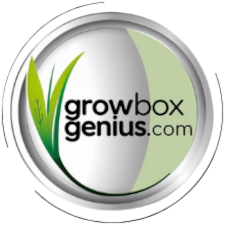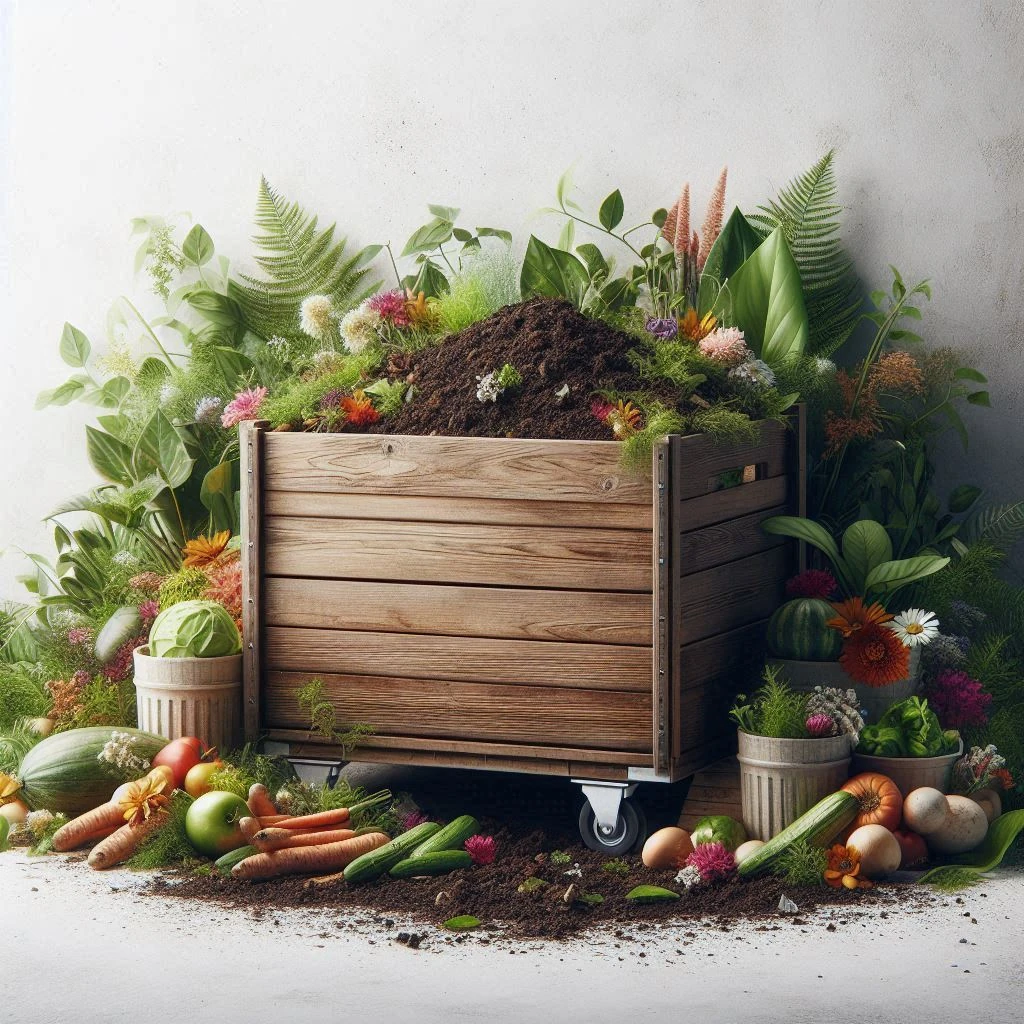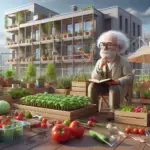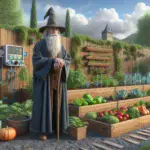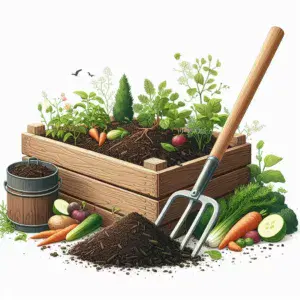 Soil is complex and dynamic. Soil is much more than just the dirt under our feet. Soil plays a vital role in supporting life on Earth. Soil acts as a medium for plant growth, and a reservoir for water. Soil is also a habitat for countless microorganisms and organisms. Understanding the role of soil in our environment is foundational to appreciating its value.
Soil is complex and dynamic. Soil is much more than just the dirt under our feet. Soil plays a vital role in supporting life on Earth. Soil acts as a medium for plant growth, and a reservoir for water. Soil is also a habitat for countless microorganisms and organisms. Understanding the role of soil in our environment is foundational to appreciating its value.
Looking at the different types of soil there are, you have sand, clay, silt, and loam, with numerous variations in mixtures of each. Each type of soil has its own characteristics that will affect the amount of water and air that is able to move through it. For example, sandy soil drains quickly and doesn’t retain nutrients well, whereas clay holds water and nutrients but doesn’t aerate very nicely at all. Loam is a balanced mixture of sand, silt, and clay and is more often than not considered the ideal soil for gardening, of any type, because it offers good drainage and retains nutrients
The texture and structure of the soil influences how plants absorb nutrients and water greatly. Soil texture refers to the size of particles of soil, whereas the structure is defined as to how these particles are grouped together in aggregates or clusters. Both of these characteristics will affect root growth, water retention, and air circulation, all of which are vital for healthy plants.
Soil nutrients are the essential minerals that plants take in through their roots, with each nutrient having specific roles in plant development. Key nutrients like nitrogen, phosphorus, and potassium each contribute to vital plant processes, from promoting leaf growth to fostering strong roots and even aiding in flower and fruit production. The nutrient balance in soil will have an effect on everything from plant health to crop yield.
Understanding what influences soil health and fertility is important for all gardeners. Factors such as pH levels, organic matter content, and human activities like deforestation and pollution can significantly impact soil’s ability to support plant life. Keeping soil healthy often means maintaining a proper pH balance, adding organic matter like compost to enhance fertility, and being mindful of how agricultural practices alter soil structure and composition.
Beginner’s Guide to Composting: The Natural Cycle
Composting is the natural process of recycling organic materials and creating a rich soil conditioner called compost. Compost is organic matter, things like leaves and food scraps. This process is an essential component of sustainable gardening and soil health management. By composting, we turn waste into a valuable resource that enriches the soil. Many retailers, both in-store and online, offer composters in varying sizes and configurations.
Composting offers numerous benefits, both for home gardeners and the environment. It reduces the amount of waste sent to landfills, returning nutrients to the earth and improving the soil’s ability to retain moisture. This can significantly decrease the need for chemical fertilizers and improve plant health naturally.
Understanding the basic materials is key to composting. Compost piles thrive on two types of materials: Greens, which include items like vegetable scraps and coffee grounds rich in nitrogen, and Browns, which are materials like dried leaves and twigs high in carbon. A balanced mix creates an effective compost environment.
Being mindful of what goes into your compost pile is big factor towards success. Items like meat, dairy, and pet waste should be avoided as they can produce odor and attract pests. Instead, stick to plant-based kitchen scraps, garden waste, and non-toxic paper products. This approach maintains the balance necessary for decomposition.
There are several methods to choose from when it comes to composting. Many people start with simple backyard compost bins or heaps, while others might use the tumbler systems for faster results. Community projects also provide avenues for those with limited space, allowing for shared composting solutions. Do a little experimenting and find what fits best for you.
The journey of composting not only transforms waste into useful material but also fosters a deeper connection to sustainable practices. It’s about creating a closed-loop system where little is wasted, and everything contributes back to the earth in a meaningful way.
Gardeners Supply Company carries composters in all sizes, starting with the Joraform Compost Tumblers.
They also have a wide variety of just about anything you need for all your gardening tasks, like pH Soil Test strips, inexpensive and effective!
Getting Hands-On: Setting Up Your Composting Space
Setting up your composting space is an exciting opportunity to make sustainability part of your everyday routine. One of the first steps is selecting the right bin or tumbler for your needs. A simple compost bin can be great for beginners, while a rotating tumbler might offer faster results for those eager to see quick progress.
Choosing the right location goes a long way towards successful composting. Outdoor setups should be placed in a well-drained, partially shaded spot to maintain consistent temperatures and moisture levels. For those opting for indoor composting, an area with good ventilation, like a balcony or a covered porch, works well.
Managing moisture, aeration, and temperature is the key to a thriving compost pile. Keep the contents damp like a wrung-out sponge—not too dry and not too soggy. Regularly turning the pile helps aerate it, ensuring that oxygen reaches all parts and promotes faster decomposition.
Complications such as foul odors or pests can arise if the compost isn’t maintained properly. To combat odors, ensure there’s enough brown material in the mix and that the pile isn’t too wet. To deter pests, avoid adding meat and dairy products and keep the compost covered securely.
For urban gardeners or those with limited outdoor space, composting doesn’t have to be out of reach. Even apartment dwellers can make it work by utilizing vermicomposting setups with worms that break down organic material, or small indoor bins to turn kitchen waste into plant-ready compost.
The Science Behind the Process: How Soil and Compost Help Plants
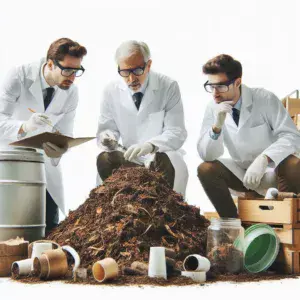 Soil functions as more than just a medium for plants. It actively supports the growth of plant roots and acts as a reservoir for essential nutrients. Soil as the backbone of plant life, it provides both support and sustenance.
Soil functions as more than just a medium for plants. It actively supports the growth of plant roots and acts as a reservoir for essential nutrients. Soil as the backbone of plant life, it provides both support and sustenance.
Key nutrients like nitrogen, phosphorus, and potassium are vital for plant development. Each plays a crucial role in different stages of growth, from leaf production to root strengthening and promoting blooms and fruits. Compost enriches the soil with these nutrients, improving the overall quality of your garden.
Healthy soil teems with life, including beneficial microbes and earthworms. These organisms help break down organic matter, aerate the soil, and even protect plants from certain diseases. Adding compost encourages this vibrant ecosystem, creating a symbiotic relationship that nourishes both the soil and the plants.
In composting, biological decomposition involves microorganisms breaking down organic material into simpler forms. This process generates heat and releases nutrients, ultimately producing humus—a nutrient-dense material that enhances soil fertility.
The organic matter in compost also improves soil structure by binding soil particles together, increasing its ability to retain water. This means less frequent watering and healthier plants, as more water and nutrients can be absorbed by the roots. Composting achieves this all while reducing waste and fostering an environment that mimics natural cycles in nature.
Practical Applications: Using Compost to Enhance Soil Health
Applying compost to your garden can significantly improve soil quality. Spread a layer of compost over your garden beds or mix it into the soil to enrich it with nutrients. This bolsters plant growth and improves resilience against pests and diseases.
Ornamental plants, house plants, vegetable and herb patches can all benefit from the nutrient boost that compost provides. It’s a great addition to any garden, providing balanced nutrition that helps everything from delicate flowers to hardy vegetables thrive.
Compost tea is another way to use your finished compost effectively. It’s made by steeping compost in water, creating a nutrient-rich liquid that can be used to water plants. This offers a quick nutrient boost and can be particularly useful for container bound plants.
Balancing traditional fertilizers with compost can be beneficial, as it provides a slow-release source of nutrients. Where fertilizers might offer a quick fix, compost contributes to long-term soil health. This approach ensures robust plant growth and enriched soil structure.
Depending on the season, adjust your composting practices to align with your gardening activities. During growing seasons, you might apply compost more frequently, whereas in colder months, simply maintain your pile to prepare for the next planting cycle.

